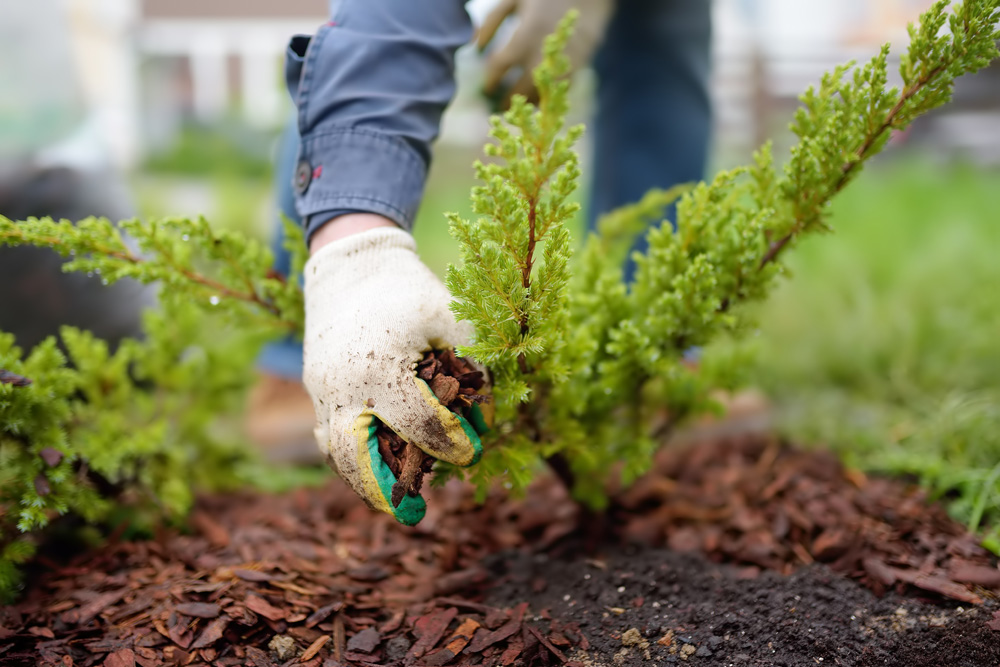
While fall is typically the time of year to enjoy the fruits of the work you’ve done throughout the spring and summer, there are still a few things you should do to ensure the following year is just as productive. In this post, we’ll explain how to prepare your garden for autumn. This will not only make your spring chores easier, but it will also help your garden thrive throughout the entirety of the following year.
Plant Spring Bulbs
Getting spring bulbs into the ground now will ensure a bright and colourful spring. Daffodils and tulips are some of the more popular bulbs that can be planted in the autumn but think about trying out crocuses for some earlier blooms or some hyacinths for some unique colours. Planting spring bulbs in autumn is one of the easiest ways to ensure a stimulating spring.
Add Soil Amendments
Another way to prepare your garden for autumn and the following growing season is to add soil amendments. Autumn provides the ideal soil conditions to allow for the addition of fertilizers – both chemical and natural. The soil is still warm and dry from the late summer sun, which allows for easier tilling. If you wait until winter or spring you’ll find the soil far more difficult to work with. As an alternative to compost or chemical fertilizers, you might also consider planting an over-winter nitrogen fixing crop such as winter peas, buckwheat or clover.
Trim The Trees
Fall is the time to inspect your trees and get rid of any branches which might be damaged or overgrown. Snow and winter storms can cause tree branches to snap off which can cause damage to your house or other structures on your property. Prevent this from happening by removing any tree limbs that might pose a danger.
Tend To The Perennials
Tending to the perennials in the fall will help ensure they come back strong once the weather begins to warm up again in the spring. Divide any perennials that are starting to become overgrown. Get rid of any diseased leaves or stems and trim back the plants once they’ve become dormant.
